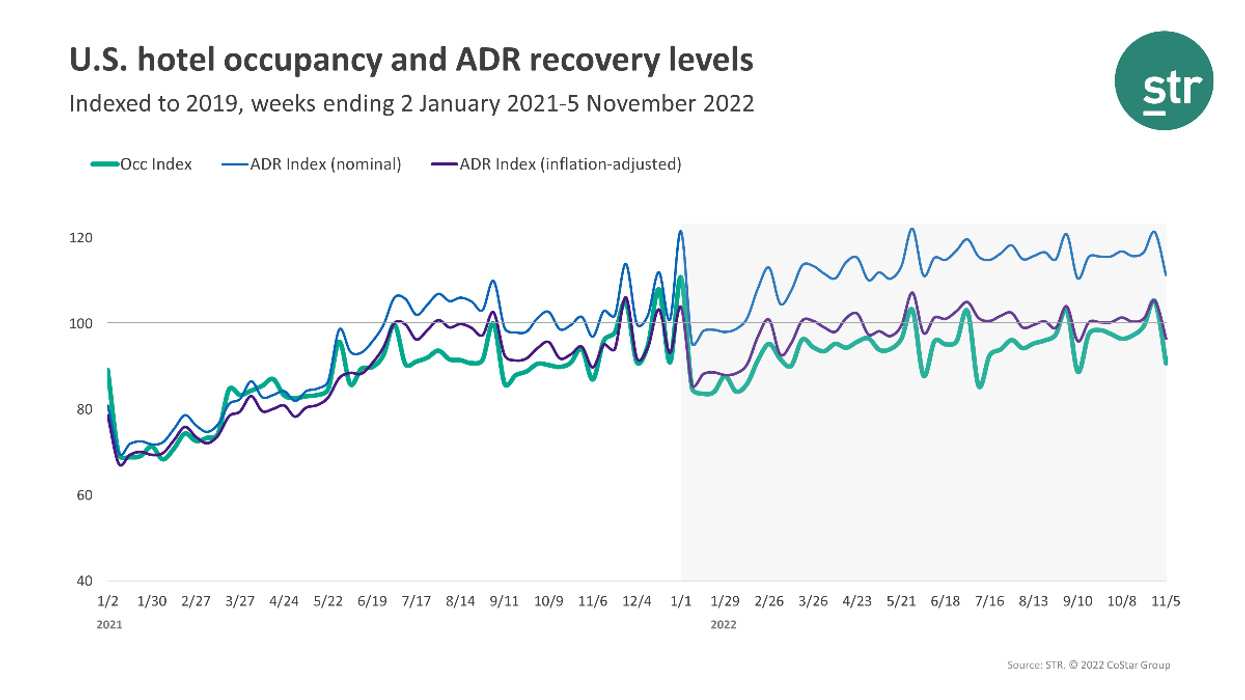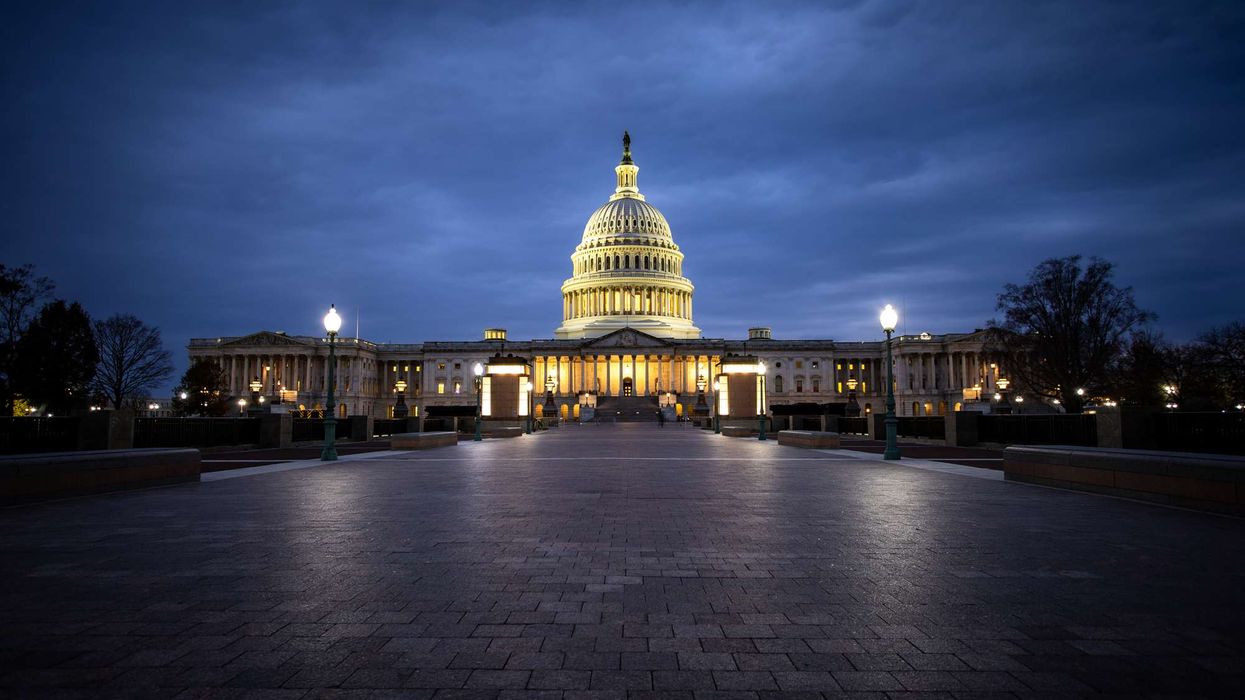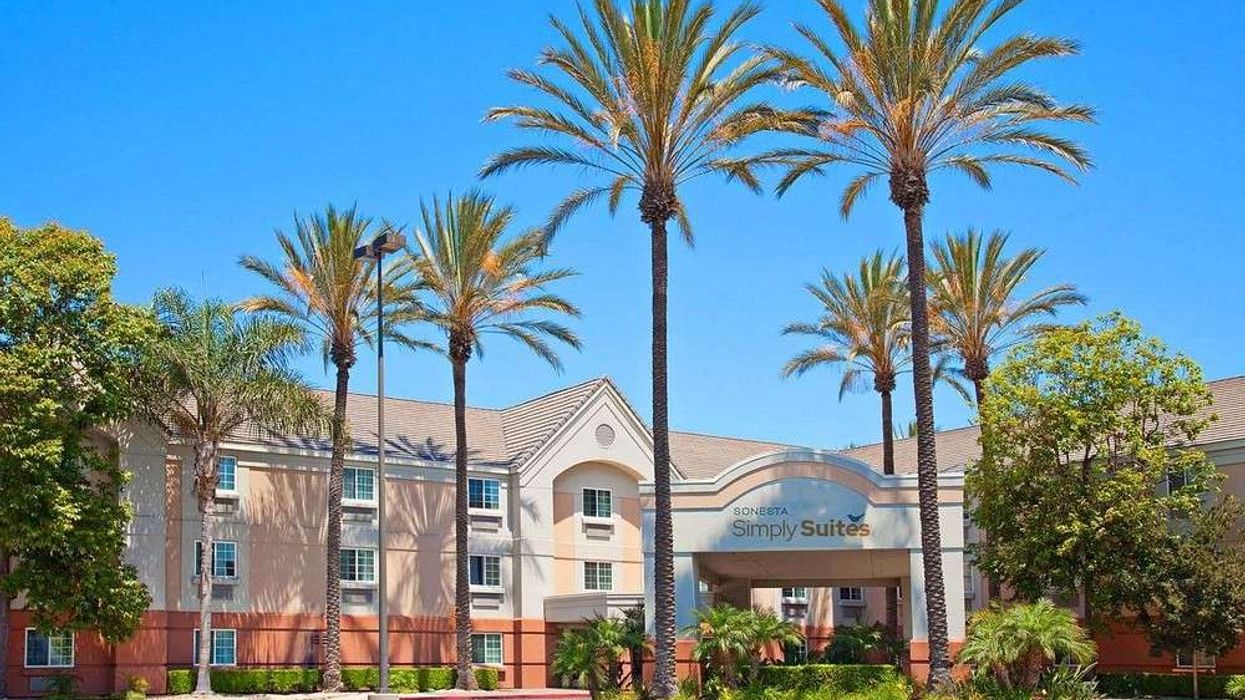“As momentum for the AFA continues on Capitol Hill, we’re proud to lead this coalition urging lawmakers to act swiftly,” said Michael Layman, IFA chief advocacy officer. “Ending the uncertainty around the federal joint-employer standard will protect the independence of small businesses and allow the franchise model to expand opportunity nationwide.”
The legislation, which has 51 bipartisan cosponsors in the House of Representatives, seeks to establish long-term clarity on the joint-employer standard, a challenge that has shifted across presidential administrations, AAHOA said in a statement. These changes have created uncertainty, increased risk and slowed growth for franchise businesses, including AAHOA member hotels.
The version expected to advance in Congress is the updated redline of the AFA introduced in September, developed by the Coalition of Franchisee Associations, franchisee attorneys, IFA legal counsel and AAHOA. This is the version AAHOA supports, the association said. The coalition noted that the franchise business model generates about $900 billion in U.S. economic output and supports 8.8 million jobs, highlighting its role in local communities.
Kamalesh “KP” Patel, AAHOA chairman, said AAHOA members have spent more than a decade dealing with an unstable joint-employer framework, including higher legal exposure, increased costs, and hesitation from lenders and investors.
“This updated redline version of the American Franchise Act brings clarity to what does and does not constitute joint-employer status,” he said. “It protects franchisees, holds franchisors accountable when they overstep and prevents franchisors from citing joint-employer concerns as a reason to reduce support and services. This is a fair, balanced fix.”
The letter was addressed to bill authors U.S. Reps. Kevin Hern (R-Oklahoma) and Don Davis (D-North Carolina), the lead sponsors in the House. Hern, a former McDonald’s franchisee, spoke before the House Education and the Workforce Committee on the need to pass the legislation and Davis spoke on the House floor in September urging Congress to approve the measure.
“AAHOA members rely on a predictable regulatory environment to grow their businesses and create jobs, yet they’ve endured years of regulatory whiplash that has made long-term planning nearly impossible,” said Laura Lee Blake, AAHOA president and CEO. “The American Franchise Act establishes the clear standard our industry needs. With nearly $900 billion in economic impact at stake, Congress must act to protect the independence of small business owners and support local communities. This legislation is not just timely—it is essential for long-term stability.”
The AFA follows a decade of changing joint-employer rules and would establish a clear, franchise-specific standard to reduce costs, legal risk and uncertainty for brands, local owners and employees. The NLRB’s 2023 joint-employer rule attempted to expand the definition to a broad standard that threatened the franchise model. In its 2025 Roadmap for Small Business Growth, IFA named codifying a joint-employer standard that preserves franchisee independence as its top priority.












